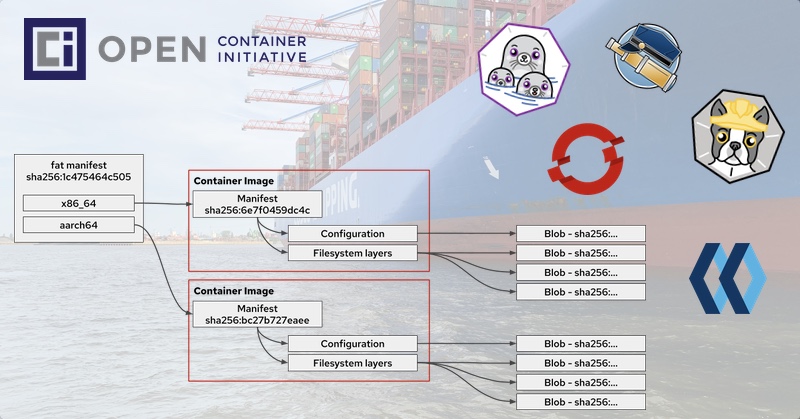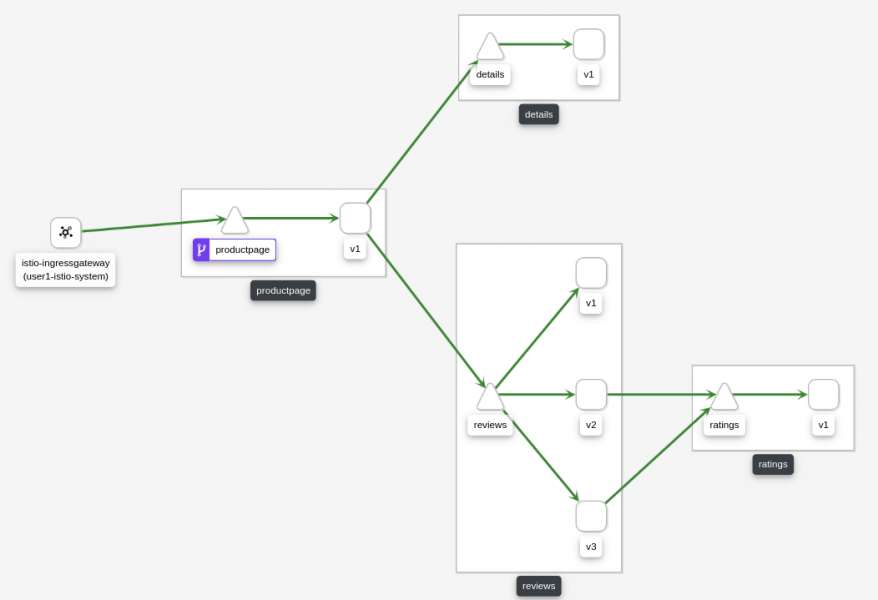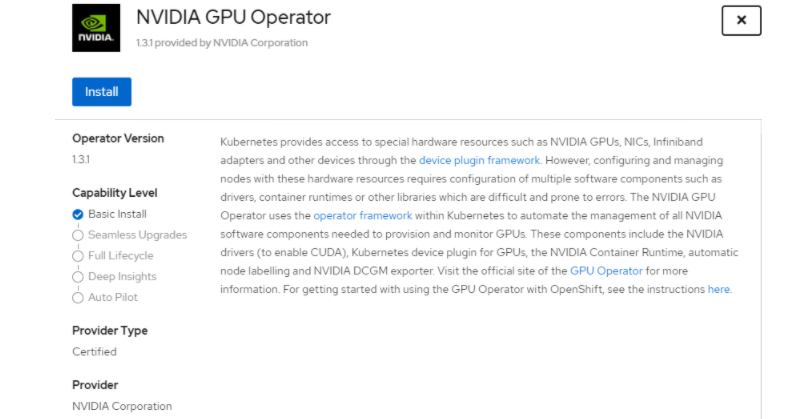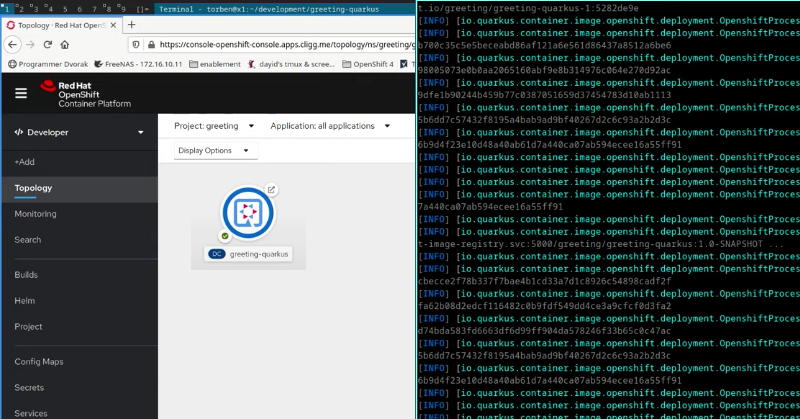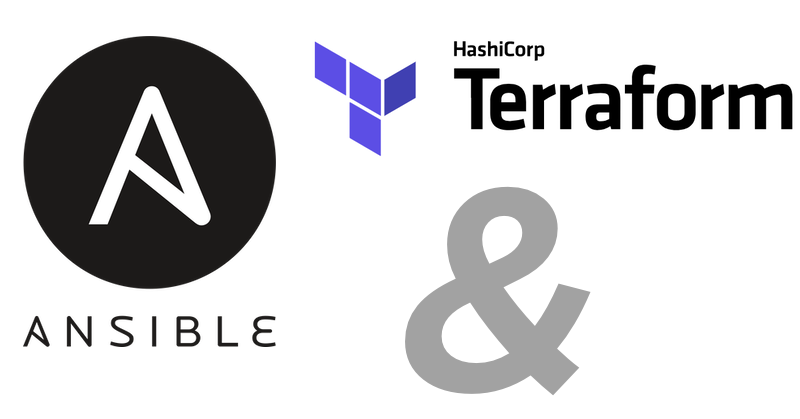Many of us use container images from day to day, maybe also in many various architectures. For example on your Raspberry PI (aarch64), do you really know how it works in detail? I have worked with container images more or less since 2015 but during an OpenShift 4 air-gapped installation and mirroring of images into […]
